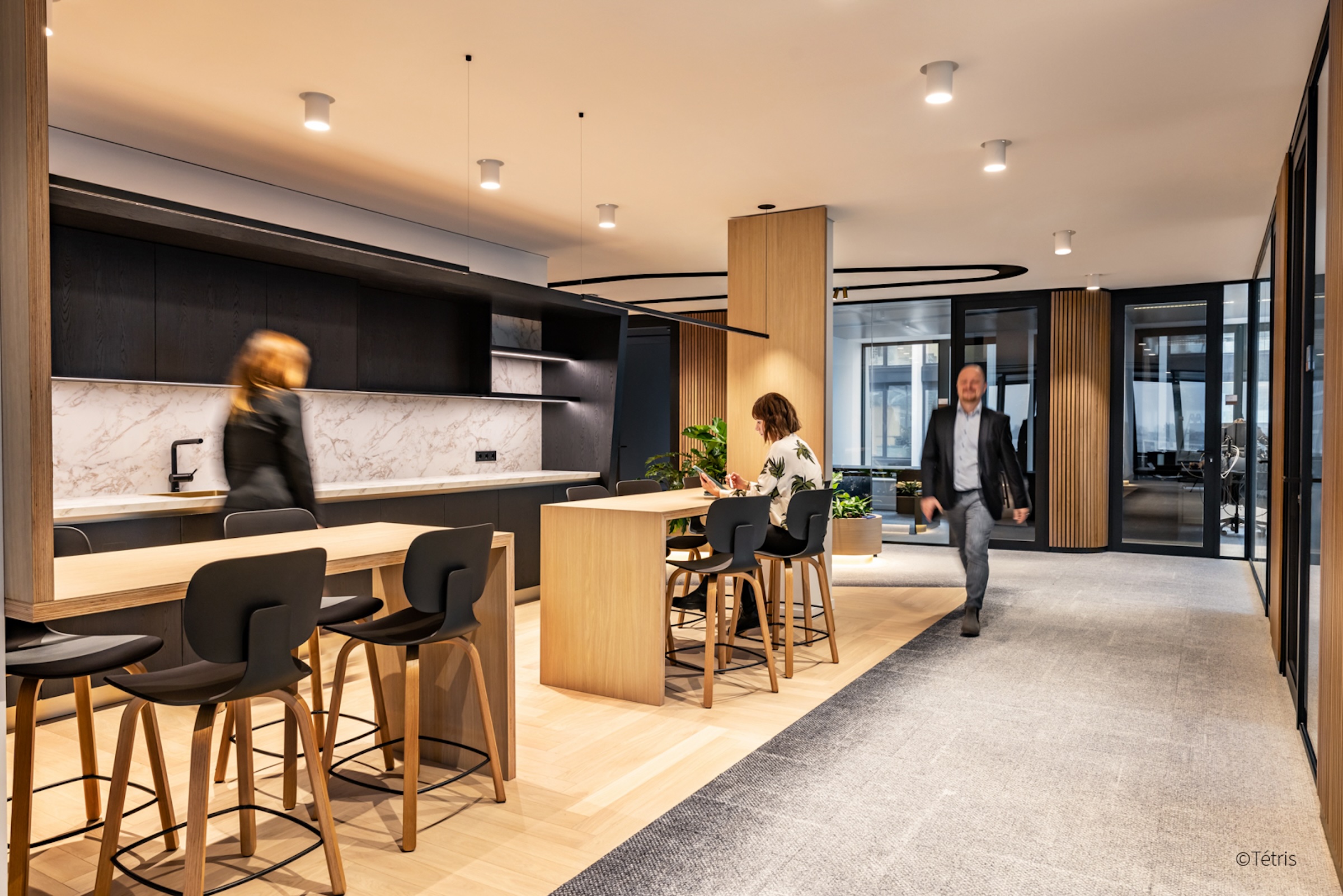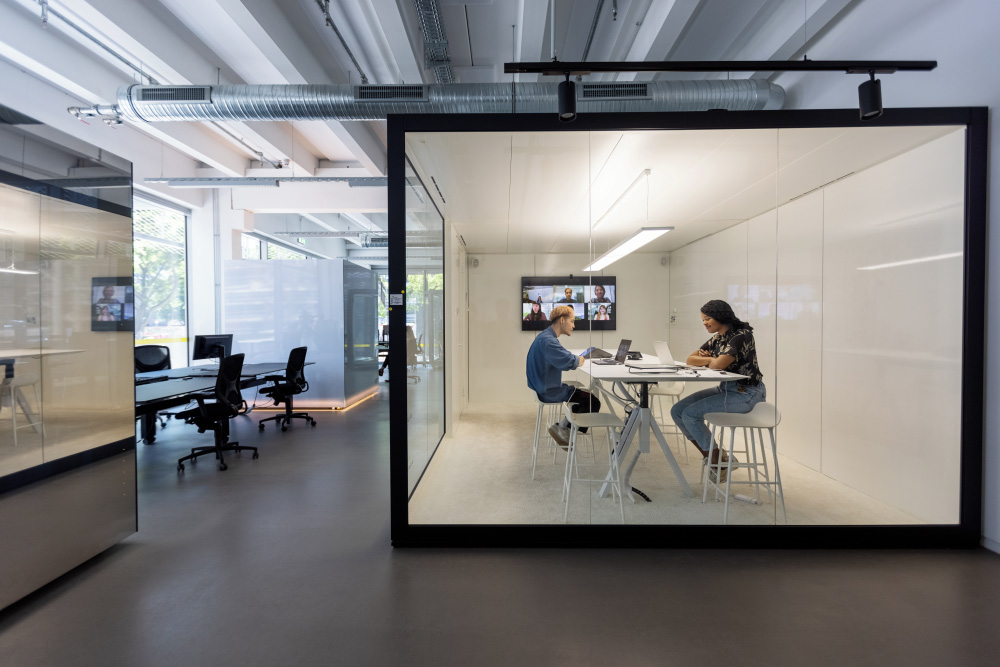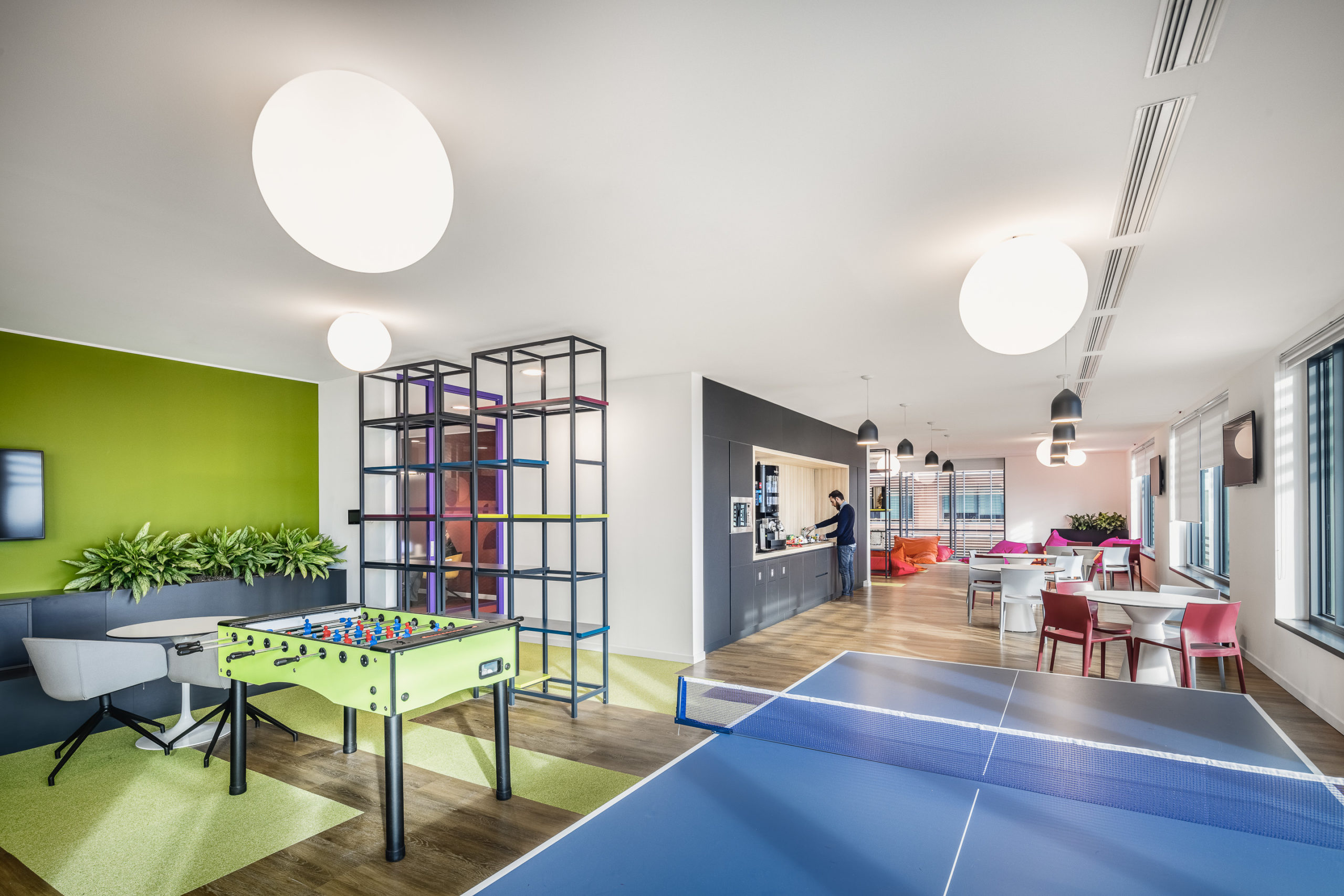After more than 18 months since the COVID-19 pandemic began, the way we work has changed forever. Long gone are the days of having an entire workforce at the office. And this may mean that occupiers could change or reduce the space they rent. So, how can you ensure that you still get maximum occupancy in your building?
Safety first
“The most important thing is to make sure that you fit out your building and redesign your communal areas so that people feel safe when returning to the office,” says Adrian Bojczuk, EMEA Investors and Landlords Client Development Director. “There are many things you can do so that the companies you lease to want to stay in your asset and prolong contracts because they feel comfortable there. Such solutions will also draw the attention of prospective tenants. Essentially, a tenant-focused and user-friendly approach is key.”
Post-pandemic safety measures will take advantage of smart technology. There are many communal areas where landlords can make a real difference and reassure people who use their buildings. Examples include having smart thermometers in reception areas that can detect if someone has a fever; UV lights in lifts to cleanse the booth before it reaches the floor it’s been called to; and installing energy-efficient HVAC systems that also include UV lamps so they cleanse the air circulated around your property.
Social spaces can make all the difference
“The biggest impact you can have is in your communal areas,” Bojczuk continues. “These not only have to be sustainable, but they should also have a ‘wow’ factor. More importantly, they should offer something more to those who are commuting into the office.”
Buildings that offer more than just an office will succeed in attracting occupiers. “People will actively go into an office if they can also go to the gym, get their dry cleaning done, or go for a coffee in the same building.”
Office buildings need to become a hub where people do more than just work; if they can look after other aspects of their day-to-day life, they’re more likely to visit the office. Adding these amenities will appeal to occupiers because they can offer convenience to their employees, replacing the need to run errands outside of their working hours. People are usually time poor, so if they can increase the amount of free time they have, they will.
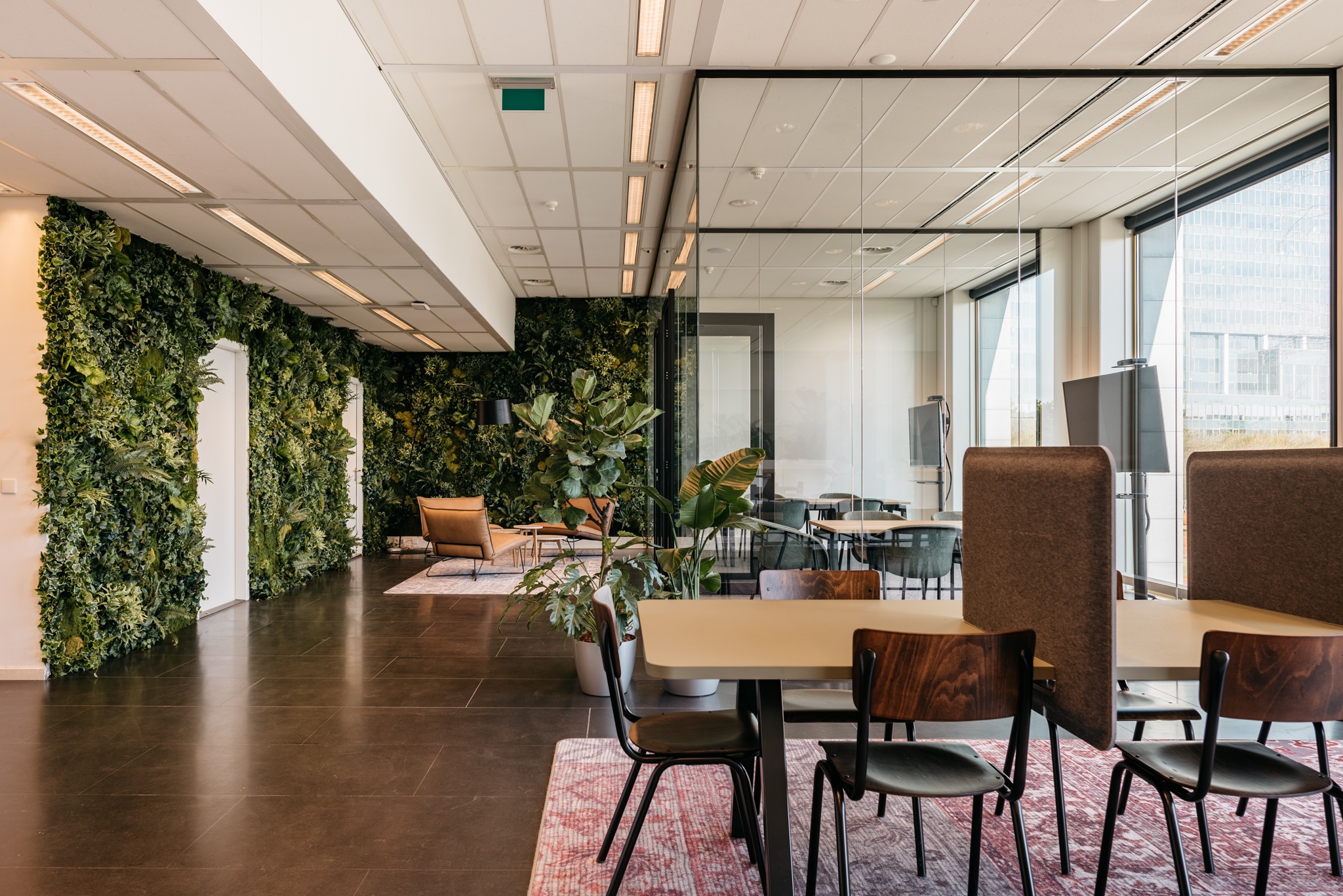
Bojczuk also emphasises the importance of first impressions. “As a landlord, you need a reception area that does more than just greet people. It should be functional and a destination in and of itself.”
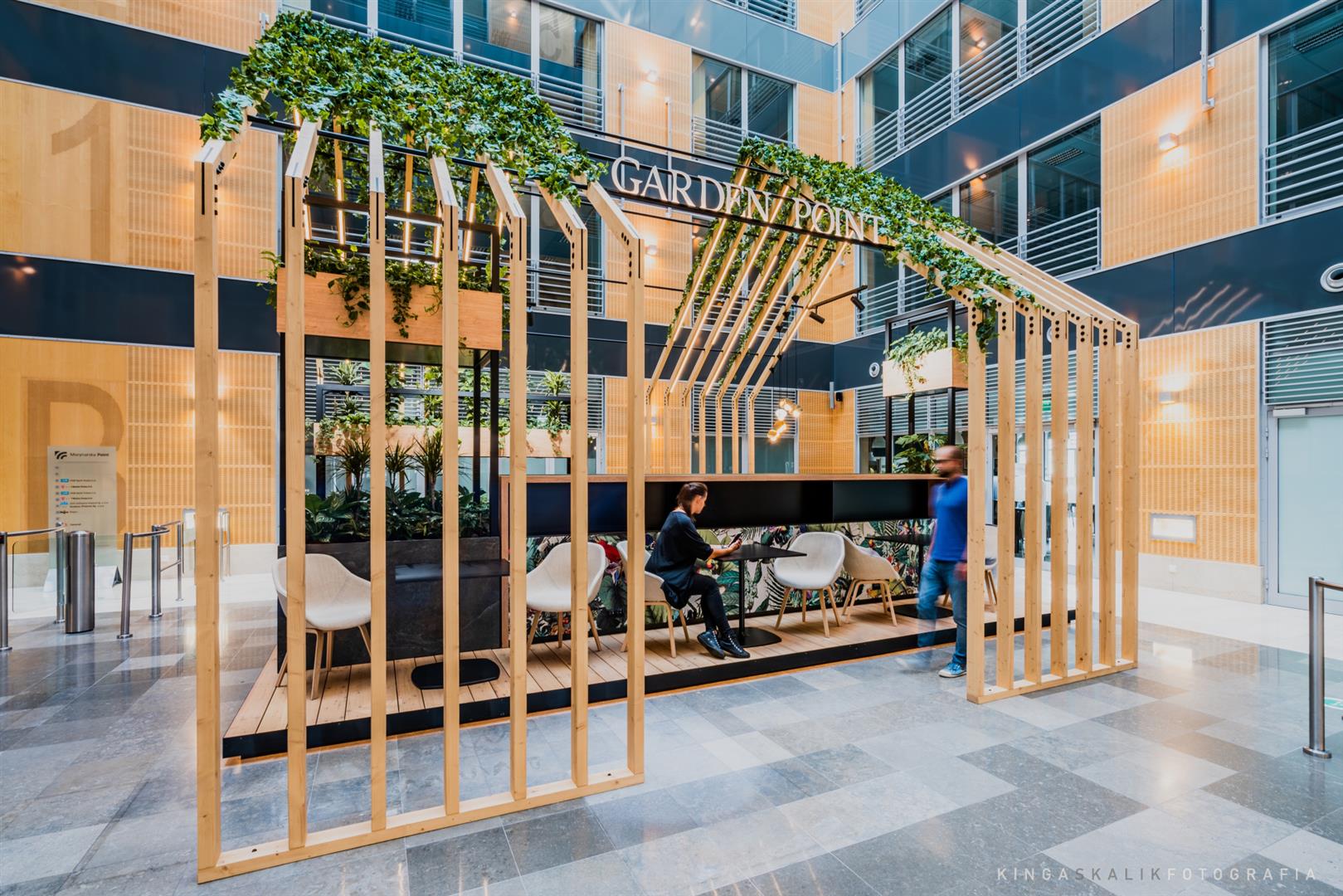
He recommends having plenty of comfortable seating, preferably surrounded by greenery, so that people can relax, take private calls, or even meet with others. “Your communal areas are going to make all the difference and tenants will choose their office space depending on what you can offer them as extra, outside of the space they are actually leasing.”
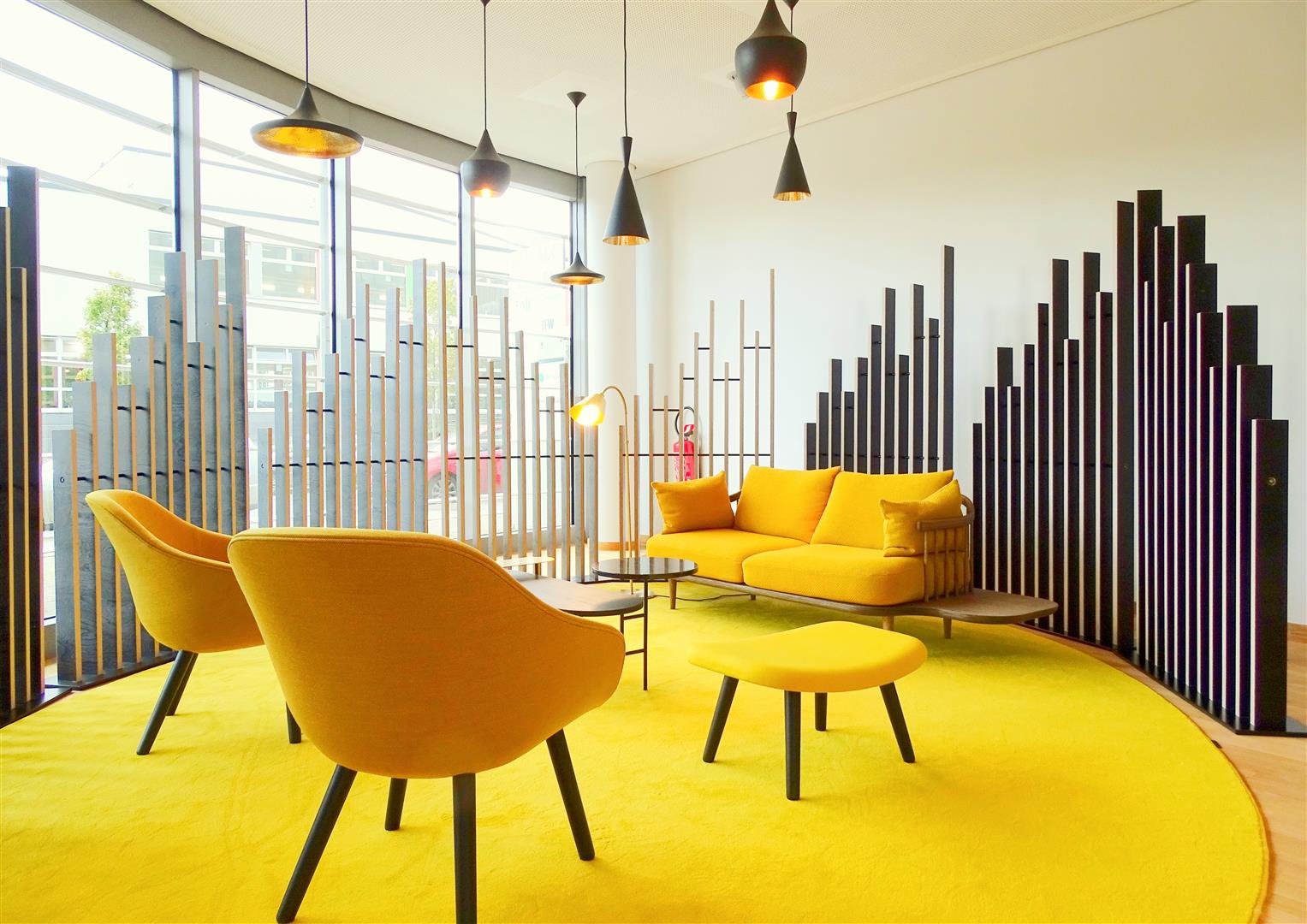
Sharing is caring
The pandemic has altered our behaviour and attitudes to work and life. “One of the biggest differences we saw is the number of people using their cars rather than public transport, which can cause an issue with parking,” says Bojczuk. Technology can come in handy here. Rather than have dedicated parking spots for senior management – who may not be going to the office every day – Adrian suggests that landlords use a hotdesking system for parking spaces. “If people can book a space before they go to the office, that not only encourages them because they can get there safely, but it will also use space wisely.”
With a slow and steady return to the office for most people, it’s crucial that you think about how you can revamp and add value to your building. Using space wisely and repurposing your common areas can go a long way, as can introducing more health and safety measures so people can use your building with confidence.

Find out more about our investor and landlord solutions
